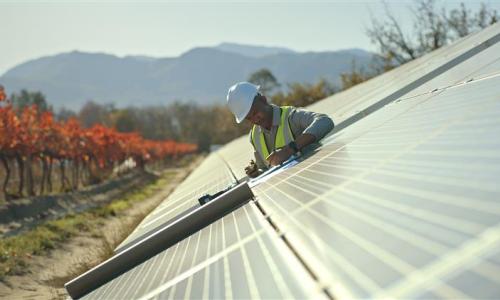Wind power is one of the world's fastest growing electric power sources. It produces clean, pollution-free electricity, does not deplete natural resources, and is widely available. When sited in good locations, wind energy is one of the least expensive renewable energy options available—and can even be cost-competitive with conventional energy resources. And while it does have a potential impact on the local environment, wind power can create exciting opportunities for local and regional communities.
Electricity generation is the largest source of industrial air pollution in the United States, according to the EPA. Fossil fuel-fired power plants produce more than 40 percent of the country's total emissions of carbon dioxide, the heat-trapping gas primarily responsible for global warming. They also generate one-fourth of total U.S. emissions of nitrogen oxides (which cause smog and an aggravate asthma) and two-thirds of total sulfur dioxide emissions (which cause acid rain).
About half of all U.S. electricity is generated from coal, and coal power plants emit tons of mercury and dioxin into the air over their operating lives. Mercury builds up in fish, which can cause birth defects when eaten, and dioxin can cause cancer. Mining and drilling for fossil and nuclear fuels creates scars on vast areas of land in the United States and around the world. Wind power, on the other hand, can generate electricity without these harmful problems.



